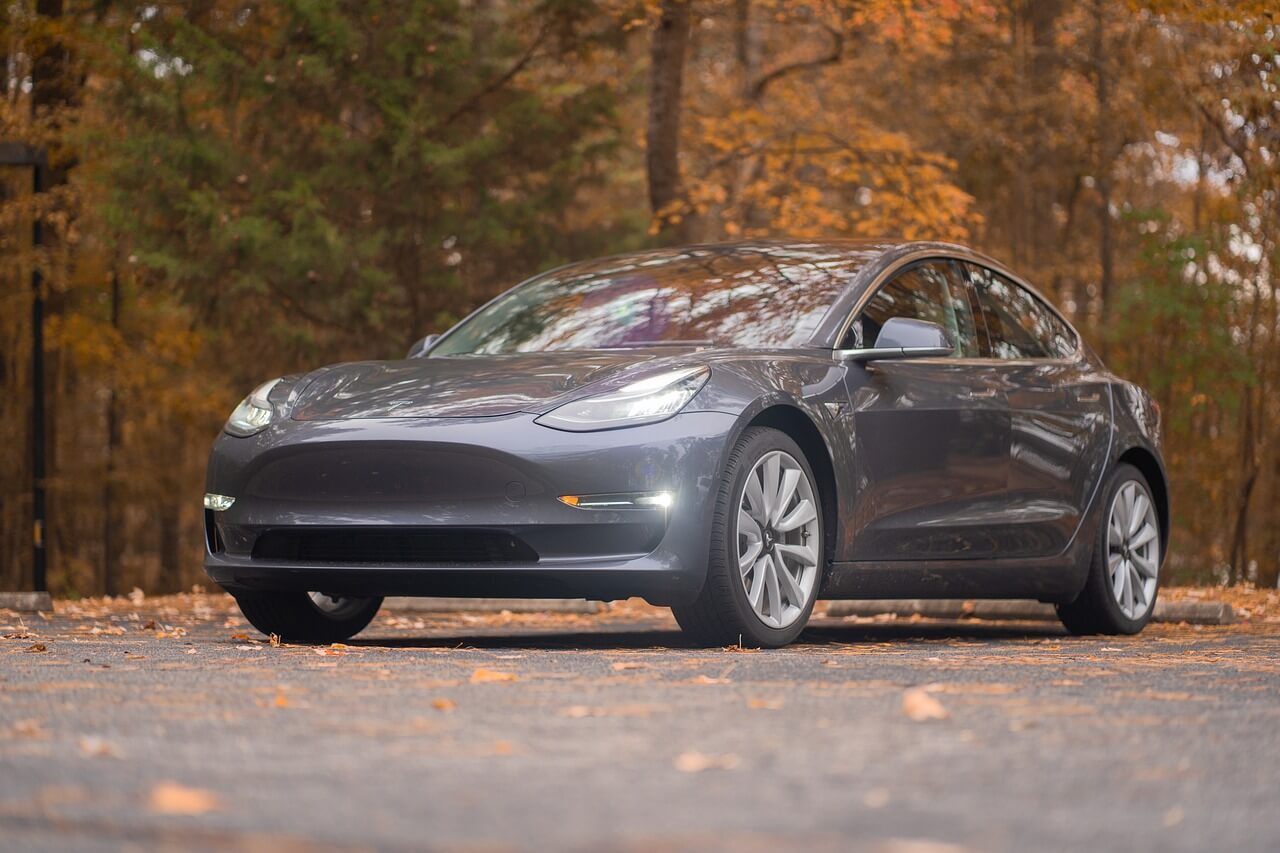Have your eyes on a sleek and environmentally conscious new EV but are confused and dumbfounded when you contemplate how you will charge it? Will you even be able to charge it in a practical way that will make it a viable option?
So, what are the different types of EV chargers, and what do they mean for me?
There are various ways to charge your electric vehicle at home and figuring it out can become a bit of mental calisthenics. Numerous chargers charge your car at different rates. These go from level 1 to level 3. These levels also refer to the rate or speed of charging. The higher the level (e.g., level 3 ), the faster your EV will charge.
Electric Car Stations in Brisbane Explained
Level 1 Electric Car Chargers – these are usually portable and best suited to smaller batteries, typically in petrol/hybrid vehicles. However, they are typically slow chargers, so charging your car may take up to 12 hours to gain a 40km charge. Usually, come with the vehicle.
Level 2 Electric Car Chargers – This charger is a wall-mounted unit that connects directly to the electrical circuit in your home. These require an electrician to install its own circuit like your oven has its RCD (residual Current Device) and trip switch. These can create up to 70km of charge and has the convenience of a faster charge. Must be installed under the Australian Wiring Rules.
Level 3 Electric Car Chargers – These are usually three-phase, around 30 Amps, and are usually the commercial-grade DC chargers designed to blow 70km of charge into your car in 10 minutes. There are strict wiring rules associated with Level 3 chargers. Starting at 25k per unit, not including the installation at your house, even if you have three-phase already. These are DC or Direct currents and can charge quicker as the current can flow straight into the car and bypass the inverter that converts typical Household AC to Battery required DC. Commonly found at public charging stations or Hotel Parking.
So which EV Charging Station Best Suits Residential Brisbane Homes
Living in Brisbane, the daily Commute is usually more than 40km, which is typically what your Level 1 portable charger will provide. So unless you rarely use the car and drive small distances, it’s unlikely this level will cut it unless it is a Hybrid.
Level two chargers are the most popular and advised for personal residential use. They are small discreet units attached to the garage wall or area your car is parked. They require a qualified electrician to install a circuit and perhaps some wiring but are worth the investment and will generally pay for themselves in saving on Petrol within three years.
Level three is very rarely advised for personal use. They are ordinarily three-phase, heavy-duty, and designed for commercial use or public docking stations. Most residential houses will not be wired to withstand the current demand of these hungry but efficient beasts of chargers.
Still unsure what to do about installing your EV charging station in Brisbane? Do you want professional advice to suit your usage requirements with your home wiring needs in mind? Contact us at My Brisbane Electrician For professional advice catered to you and your own Electrical needs.
